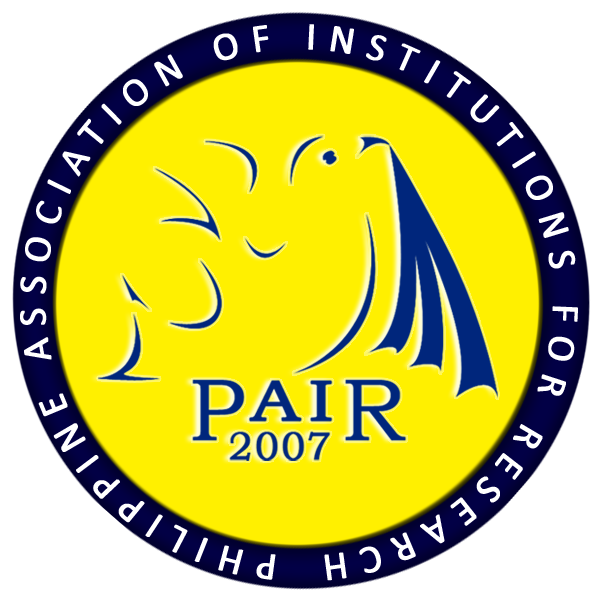Assessment of gDNA extracted from Staphylococcus aureus isolate by polymerase chain reaction, agarose gel electrophoresis, and spectrophotometric assay
DOI:
https://doi.org/10.7719/jpair.v44i1.586Keywords:
molecular biology, agarose gel electrophoresis, gDNA, PCR, S. aureus, PhilippinesAbstract
DNA sequencing is crucial in molecular biology techniques to identify Staphylococcus aureus isolates' genotype to advance diagnoses, prevent, and control infections. DNA isolation can be influenced by several factors which can affect the quality of the output. The experiment was conducted to assess the quality and quantity of genomic DNA isolated from S. aureus. The gDNA's purity and concentration were determined using the spectrophotometric assay, and the quality was analyzed using PCR and agarose gel electrophoresis. The purity of DNA and RNA was determined using the absorbance ratio at A260 and A280, and the percent coefficient of variation was used for the three replicates. The result showed that the extracted gDNA from S. aureus was obtained in large quantities, with good quality, R1=93.67 µg/ml, R2=59.85 µg/ml, and R3=67.50 µg/ml. The concentration was within a 1.8 – 2.0 absorbance ratio and was considered high quantity output. The extracted and amplified pure gDNA fragment from the sample can now be used for other molecular techniques.
Downloads
References
addgene®. (2018). Agarose Gel Electrophoresis Protocol. Addgene - The NonProfit Plasmid Repository. Retrieved from https://www.addgene.org/protocols/gelelectrophoresis/
Downloads
Published
Issue
Section
License
Copyright (c) 2021 Ricky B. Acanto, Jasmin T. Castor, Mary Grace F. Langcoy

This work is licensed under a Creative Commons Attribution-NonCommercial 4.0 International License.
Open Access. This article published by JPAIR Multidisciplinary Research is licensed under a Creative Commons Attribution-Noncommercial 4.0 International (CC BY-NC 4.0). You are free to share (copy and redistribute the material in any medium or format) and adapt (remix, transform, and build upon the material). Under the following terms, you must give appropriate credit, provide a link to the license, and indicate if changes were made. You may do so in any reasonable manner, but not in any way that suggests the licensor endorses you or your use. You may not use the material for commercial purposes.




















